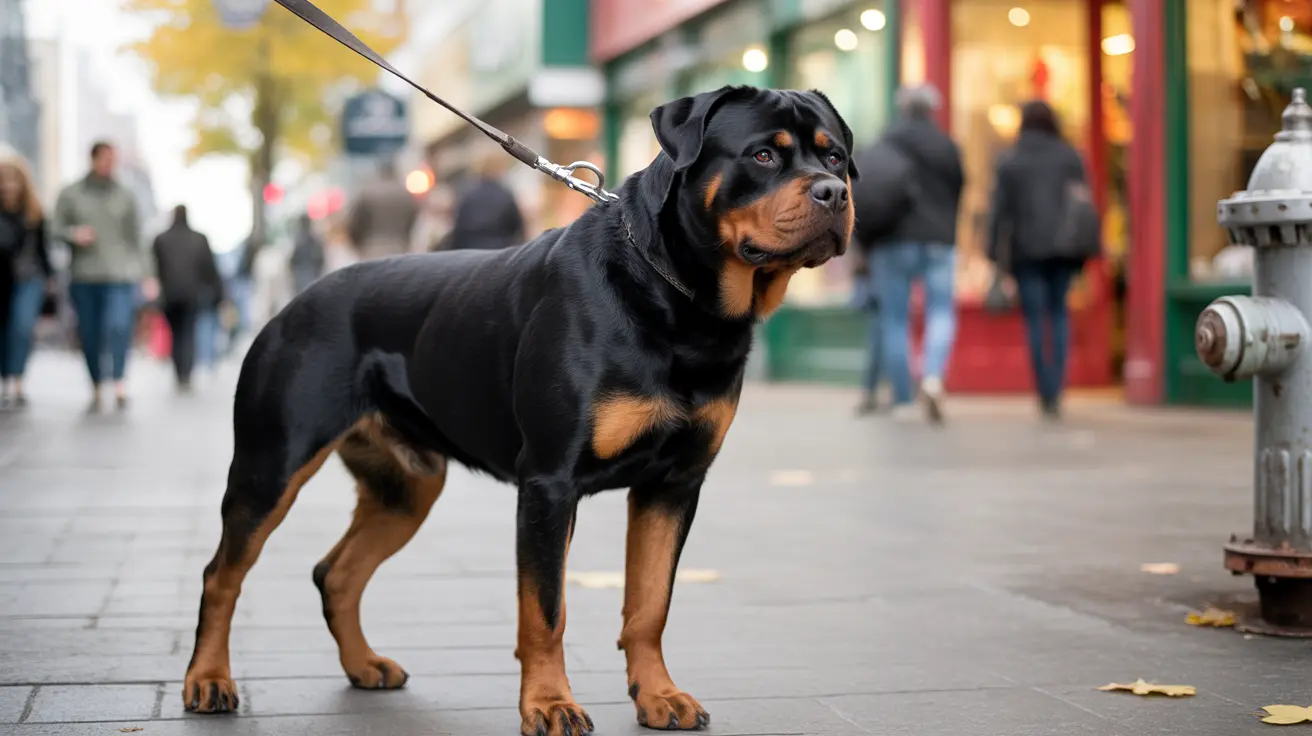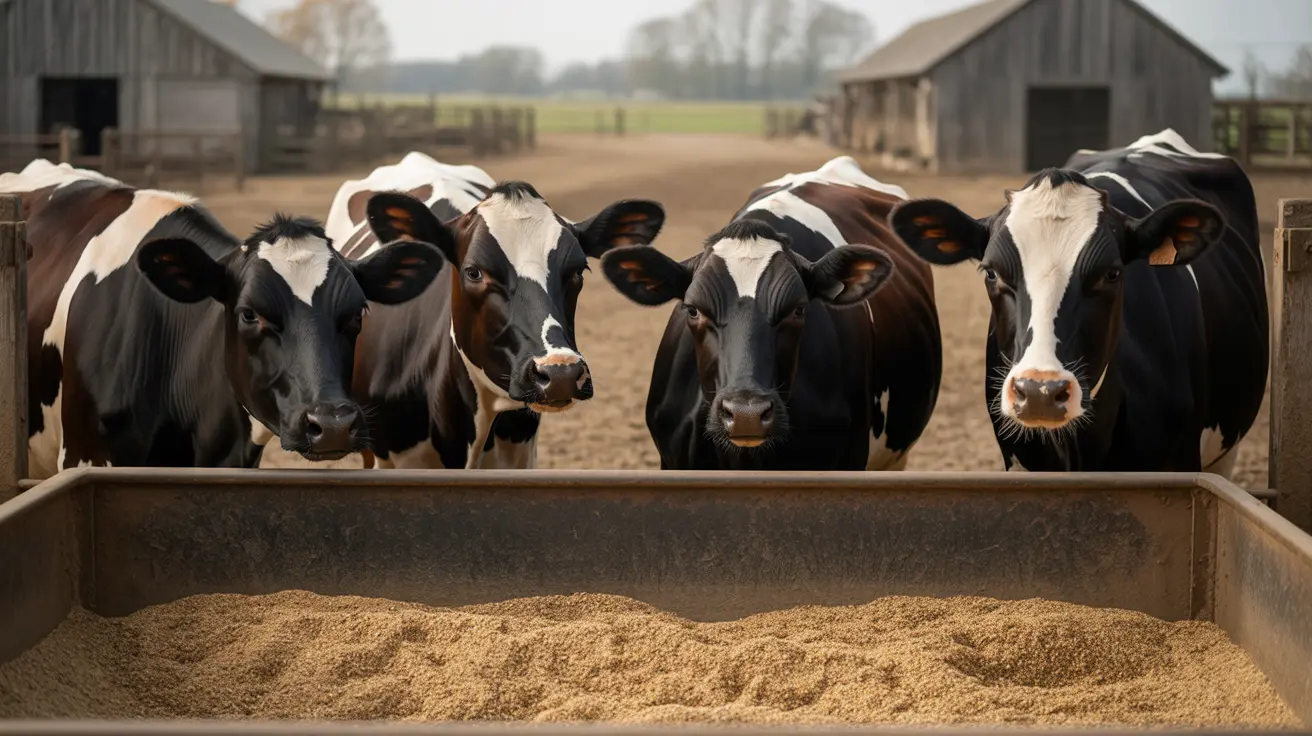Treating Dog Anal Gland Swelling: What You Need to Know
Dog anal gland swelling is uncomfortable for your pet and worrying for you. These small sacs, located at the four o'clock and eight o'clock positions around your dog's anus, produce a strong-smelling fluid that's usually released during bowel movements. When things go wrong—like when the fluid thickens or gets trapped—swelling, pain, and even infection can result.
Understanding Anal Gland Problems
Most dogs empty their anal glands naturally while pooping. But sometimes, especially if their stool is too soft or they're overweight, the glands don't empty as they should. The fluid builds up, causing impaction and swelling. Small breeds (think Poodles, Chihuahuas, Lhasa Apsos) are more likely to run into trouble, but any dog can be affected.
Common causes include:
- Soft or loose stools (often from low dietary fiber)
- Obesity
- Chronic skin conditions or allergies
- Anatomical issues
- Lack of physical activity
If your dog is scooting across the floor, licking their rear end constantly, straining to poop, or showing discomfort sitting down, swollen anal glands could be the culprit. Sometimes you'll notice redness, heat, swelling near the anus—or even a strong fishy smell.
When to Seek Veterinary Help
If you spot bleeding, pus, significant swelling, severe pain, or a powerful odor coming from your dog's rear end—or if symptoms just won't go away—call your vet right away. Anal gland issues can escalate from simple impaction to infection and abscesses (which may rupture and drain pus). Rarely, tumors may form in older female dogs.
Veterinary Treatment Options
- Manual Expression: The vet may gently squeeze the glands (internally or externally) to release trapped fluid. This often brings quick relief.
- Flushing: If the material is especially thick or infected, flushing the sacs may be necessary.
- Medications: Infections call for antibiotics and anti-inflammatory drugs. Pain management may also be provided.
- Surgery: For chronic problems or abscesses that can't be resolved otherwise, surgical removal of the glands might be recommended (though this carries some risk).
Your vet will decide on treatment after a physical and rectal exam. If there's an abscess or tumor—or if manual expression fails—sedation or anesthesia might be needed for more involved procedures.
Home Care: What You Can Safely Do
- If there's only minor swelling (and no pain/discharge), try applying a warm compress to the area for short periods. Use pet-safe wipes for gentle cleaning if needed.
Avoid expressing your dog's glands yourself unless your vet has shown you how—it’s easy to cause injury or make things worse if you’re not trained.
Prevention Tips
- Add fiber to your dog's diet with green beans, pumpkin (not pie mix), bran, or supplements—but check with your vet first before making changes.
- Keep your dog at a healthy weight; extra fat around the sacs makes emptying harder.
- Encourage regular exercise to strengthen abdominal muscles and support natural expression of the glands during bowel movements.
- Treat skin conditions and allergies promptly—they can contribute to recurring gland issues.
If your dog has had problems before, schedule regular check-ups so a professional can monitor and express the glands as needed. Routine expression by groomers isn't recommended unless advised by your vet; it can irritate healthy tissue if done unnecessarily.
The Bottom Line: Safety First
If you see repeated scooting, licking at the rear end, discomfort when sitting or pooping—or any discharge near the anus—don't wait it out. Prompt veterinary care is crucial to prevent complications like abscesses or chronic infections. Never attempt home treatments beyond gentle cleaning and warm compresses unless you've been trained by a professional. With proper care and prevention strategies in place, most dogs recover well from anal gland swelling—and you'll both feel much better for it!





